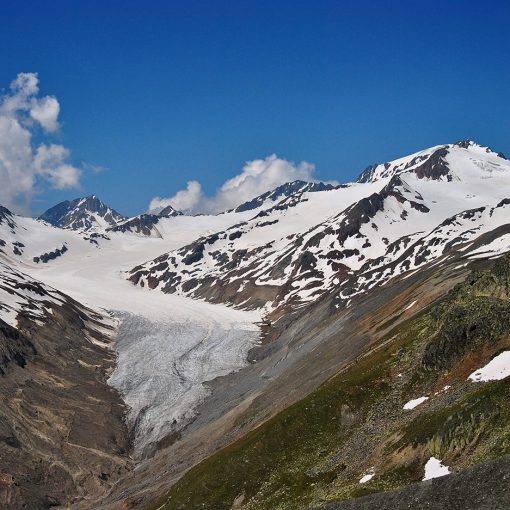We recently published a new paper, led by Maxime Litt, providing guidelines for glacier-ablation modelling in HMA environments.

The conventional Temperature index (TI) models for modelling glacier ablation require few input variables and rely on simple empirical relations. The approach is assumed to be reliable at lower elevations (below 3500 m above sea level, a.s.l) where air temperature relates well to the energy inputs driving melt. Using field meteorological observation in Langtang and Khumbu, we show that temperature relates poorly to a number of important mass-loss drivers in high-altitude, so that temperature indexes have to be handled with care.
At the high elevation glaciers in Mountain Asia (HMA), we observed that incoming shortwave radiation is the dominant energy input and the full surface energy balance model relates only partly to daily mean air temperature. During monsoon surface melt dominates ablation processes at lower elevations (between 4950 and 5380 m a.s.l.). As net shortwave radiation is the main energy input at the glacier surface, albedo and cloudiness play key roles while being highly variable in space and time. For these cases only, ablation can be calculated with a TI model. Sublimation and other wind-driven ablation processes are important for mass loss, and remain unresolved with such simple methods. Ablation modeled with a SEB can diverge from the observations, but a suitable value for surface roughness can solve the issue.

Read the paper in detail here.




